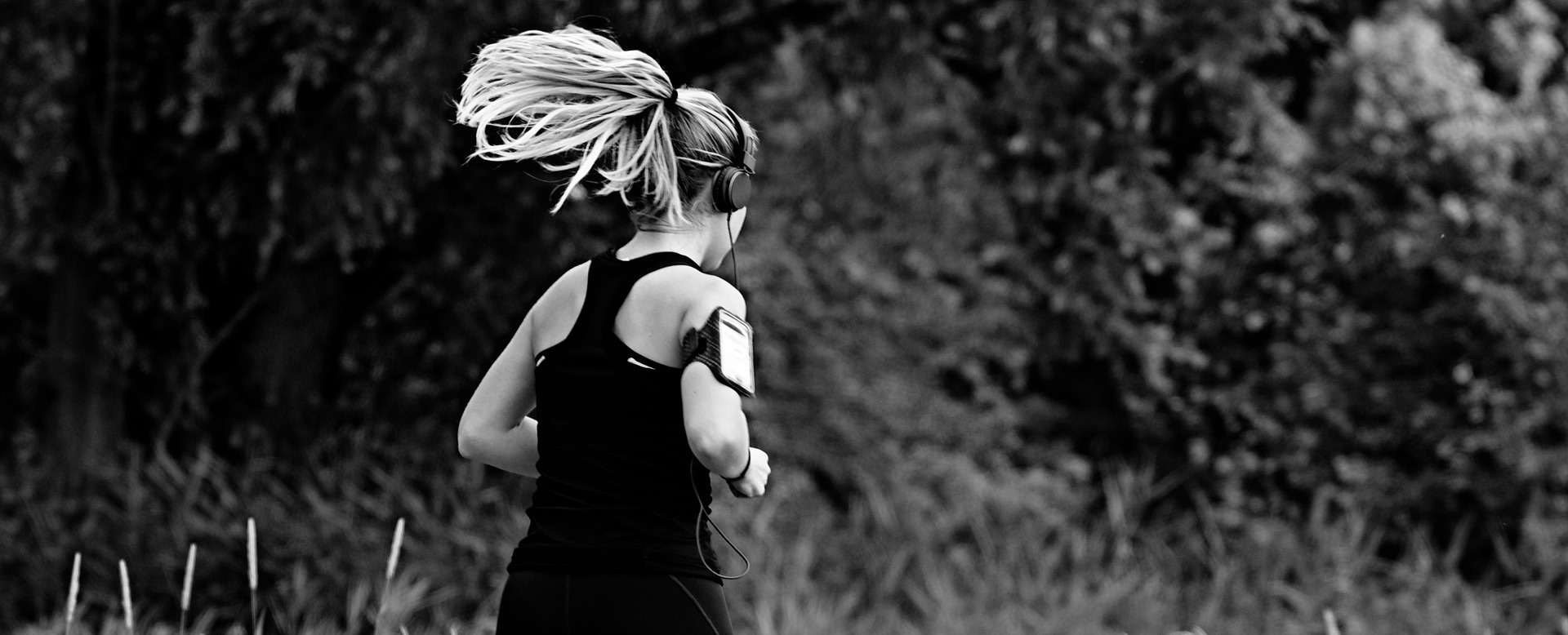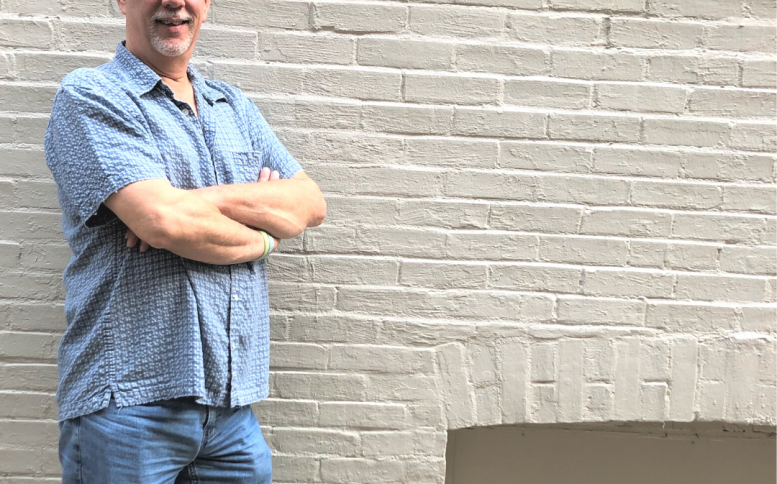There’s nothing like a global pandemic to wreak havoc on healthy habits and routines. March 2021 bookmarks the one year anniversary of life in a Covid-centered world. It can be difficult to transition from surviving to thriving, but we no longer have the luxury of operating under the mindset of “when things go back to normal.” It’s time for us to establish new healthy habits now so that we can thrive in 2021.
New Year, New Me
Maybe you are someone who has embraced a new routine, stuck to healthy habits, and set New Year’s resolutions. If that’s you, great work! Keep it going! If that sounds as foreign as shaking hands with a mask-less stranger, stay with me and let’s talk about some tools that might help you learn how to create fail-proof habits.
Under “normal” circumstances it can be hard to start new routines and establish new processes. We often find ourselves jumping in with the best of intentions, only to fail a few days or weeks later. In his book, Atomic Habits, James Clear teaches that this is because we are not leaning on the processes of habit formation that are already hard-wired into our brains and happen every moment of every day.
Repeated beingness
To start, you must identify the type of person you want to become. Your habits shape and affirm your identity. Your identity is what James Clear refers to as your repeated beingness.
For example, if you identify as an “unhealthy person trying to become healthy”, you will be fighting an uphill battle in the narrative you have established for yourself. Alternatively, you can choose to establish your identity as a “healthy person” and set up habits that affirm that identity. With that mindset and action step, you are creating a positive feedback loop in which your daily choices support that which you wish to become.
Forming new habits
Let’s continue with a more specific health example. If your goal is to become a runner, it is first important to identify as a runner. You don’t need to have competed in a 5k to be a runner—you simply need to run. You then support this identity through the habit formation process. This process is broken down into four basic tenets:
- Cue
- Craving
- Response
- Reward
Then clarify these steps by asking some accompanying questions about the new habit:
Cue—Is it obvious?
Are your shoes, running attire, and headphones in a highly visible place? If they are tucked away in a hall closet, you will need to search for them, drastically decreasing your likelihood of running.
Craving—Is it attractive?
What could make running more enticing? Are you listening to songs or podcasts that you love? This is an opportunity to pair something you already enjoy doing with running so that it can increase your likelihood of doing it!
Response—Is it easy?
Are you running a distance that is attainable and repeatable? Have you set yourself up to be able to celebrate a win? Remember you are setting a habit that contributes to your identity. To support your identity as a “runner”, you might need to start with something bite-sized before setting a loftier goal. If you need to start by running a quarter mile at a 12-minute-mile pace to ensure that you actually repeat this on a weekly basis, great! Move forward with this plan!
Reward—Is it satisfying?
Do you have a reward built in for completing your newly formed habit? Do you have a new protein shake that you enjoy, but only if you complete your run? Making your new habit satisfying is what creates the motivation to repeat it. We can all do something once, but remember, we are aiming for repeatable actions that affirm the identity of who we are and want to become more.
Habit Stacking
James Clear also teaches that the best way to incorporate a new habit is to tie it to a habit you already have established. This is called habit stacking. If you know that you want to start a habit of taking a daily vitamin, attach it to a habit that is already second nature and a part of your daily routine, like after you brush your teeth or before you have your morning coffee. This is always easier than starting a habit from scratch.
Quit a bad habit
You can use the converse of these principles to help quit a habit. To be a good quitter, you need to:
- Make it invisible.
- Make it unattractive.
- Make it difficult.
- Make it unsatisfying.
The four tenets that help us build new, healthy habits can also help us finally shake bad habits that are contributing to an identity we no longer want!
Move from Surviving to Thriving in 2021
2021 can be a time of growth and celebration. No matter your success rate with resolutions or goals in the past, you CAN follow these principles and set yourself up for success. Take steps to make your new habits obvious, attractive, easy, and satisfying. You can establish a new identity and move closer to becoming the person you want to be!
Find more in-depth information in James Clear’s book, Atomic Habits. Visit his website at www.jamesclear.com to learn where to purchase.



